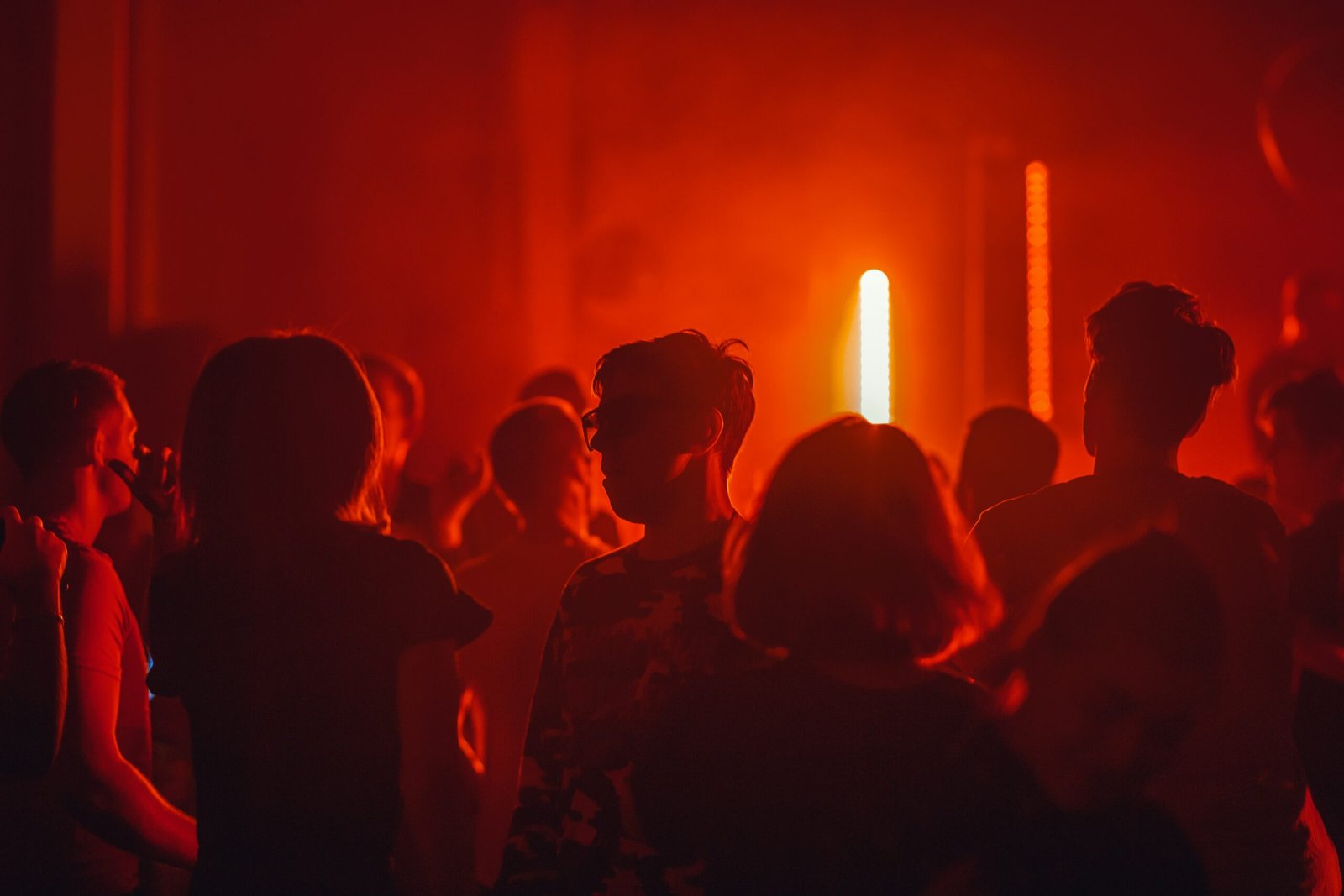The Rhythms of Dancehall: Exploring Caribbean Traditions and their Cultural Significance
Dancehall music is a vibrant and energetic genre that originated in the Caribbean, particularly in Jamaica, during the late 1970s. Known for its infectious beats and catchy melodies, dancehall has become a global phenomenon, influencing popular music and dance styles around the world. However, dancehall is not just about the music; it is deeply rooted in the cultural traditions and social dynamics of the Caribbean.
The Origins of Dancehall Music
Dancehall music evolved from reggae, a genre that emerged in Jamaica in the 1960s. While reggae focused on social and political issues, dancehall took a different direction, emphasizing dance and party culture. The term “dancehall” refers to both the music and the venues where it is performed. Dancehall clubs, known as “sound systems,” became the epicenter of the genre, providing a space for artists and dancers to showcase their talents.
The Connection to Caribbean Traditions
Dancehall music is deeply intertwined with the cultural traditions of the Caribbean. It draws inspiration from various musical styles, including ska, rocksteady, and mento. These genres have their roots in African and European musical traditions, which were brought to the Caribbean through colonization and the transatlantic slave trade.
One of the key elements of dancehall music is its rhythmic patterns, which are influenced by traditional African drumming. The pulsating beats and syncopated rhythms create a lively and infectious sound that is impossible to resist. Dancehall music also incorporates elements of calypso and soca, two popular genres in the Caribbean, adding to its unique blend of sounds.
Exploring the Sexual Aspects of Dancehall
While dancehall music is primarily known for its energetic beats and party atmosphere, it has also been criticized for its explicit lyrics and sexual content. Some argue that dancehall promotes and glorifies sexual objectification and violence against women. However, it is important to understand that dancehall is a reflection of the society from which it emerged.
In the Caribbean, sexuality has always been an integral part of the culture. Traditional dances, such as the “wining” and “grinding,” involve sensual movements and close physical contact. These dances are not solely about sexual expression but are also a celebration of freedom, joy, and self-expression.
It is crucial to approach the sexual aspects of dancehall with cultural sensitivity and understanding. While some lyrics may be explicit, they are often metaphorical and should not be taken literally. Dancehall artists use provocative language to convey emotions and experiences, much like poets and storytellers do in other art forms.
The Evolution and Global Influence of Dancehall
Over the years, dancehall has evolved and adapted to the changing musical landscape. Artists like Shaggy, Sean Paul, and Rihanna have achieved international success by incorporating dancehall elements into their music. This global recognition has brought dancehall to new audiences, exposing them to the rich cultural heritage of the Caribbean.
Furthermore, dancehall has influenced various dance styles, such as twerking and daggering, which have gained popularity worldwide. These dances, often associated with sensuality and sexuality, are a testament to the power and impact of dancehall music on contemporary culture.
Conclusion
Dancehall music is more than just a genre; it is a reflection of the vibrant and diverse cultures of the Caribbean. Its rhythmic patterns and energetic beats are deeply rooted in the traditions of the region, while its explicit lyrics and sexual content are a reflection of the society from which it emerged. By understanding the cultural significance and historical context of dancehall, we can appreciate its artistic value and global impact.

